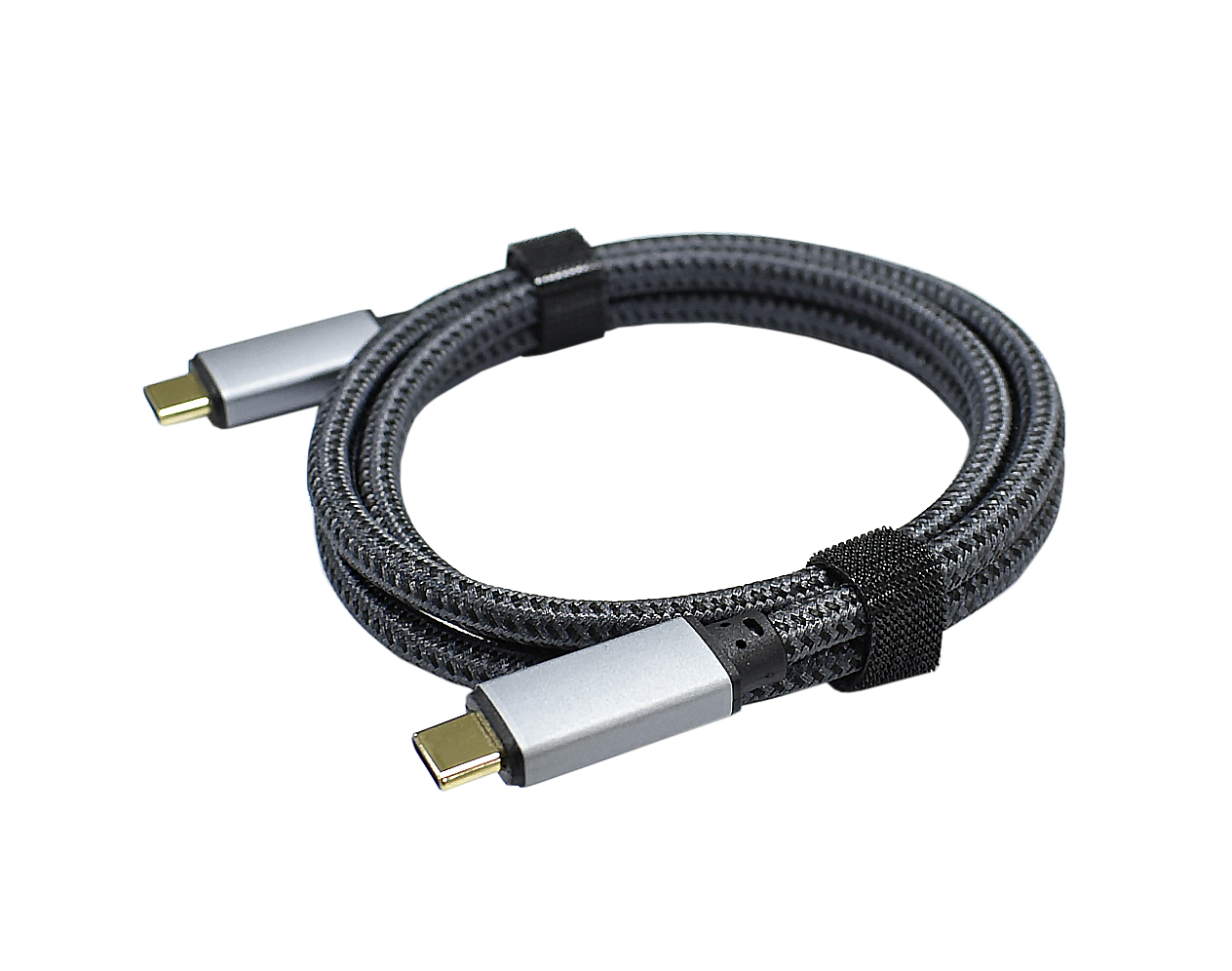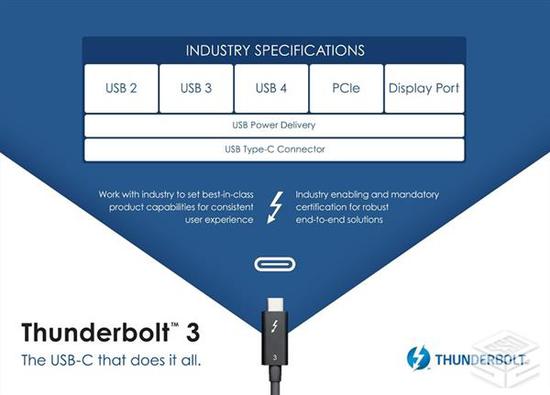Awesome! USB4 is here! With a transfer speed of 40Gbps! Smartphones and computers with Type-C interfaces are about to get even more powerful!

Looking at USB4 compared to traditional USB2.0/3.0, what are the differences?
USB 2.0 has a bandwidth of 480MB/s, which theoretically allows for the transfer of about 60MB of data per second, but this is only a theoretical value. Taking an ultra-fast USB drive as an example: the actual maximum write speed of the USB 2.0 interface is around 25MB/s, and the read speed is around 35MB/s. A regular USB drive writes at about 10MB and reads at about 20MB.
USB 3.0‘s theoretical speed can reach 5Gbps per second, which is approximately 625MB per second (note the difference in case between ‘b‘ and ‘B‘). Of course, USB 3.0 does not actually reach the theoretical peak, and the actual transfer speed is measured to be about 150MB per second, which is nearly five times faster than USB 2.0.
USB 3.1‘s interface has a theoretical rate of 10Gbps, but it also reserves some bandwidth for other functions, so its actual effective bandwidth is about 7.2Gbps, and the theoretical transfer speed should be able to reach 900MB/s. In practical use, compared to USB 3.0, its transfer speed is almost twice as fast.
USB 3.2 is the latest USB transmission interface specification, introduced by the USB-IF association.
In addition to improved encoding methods and increased transmission rates, it also greatly enhances the interface‘s power supply capability, with the USB 3.1 interface expected to charge devices such as tablets simultaneously.
Its connection interface adopts three types: Type-A, Type-B, and Type-C.
It is backward compatible with USB 3.0 and USB 2.0 devices and will also provide USB 3.1A/V audio and video transmission, supporting up to 60 frames per second of 4K video output, and also supports audio transmission.

1. **Transfer Protocol:**
USB4 has incorporated the Thunderbolt 3 protocol, achieving speeds of 40Gb per second, which is twice as fast as the USB3.2 Gen2X2 protocol that has just been released and has not yet been physically applied! What can such speed do? See point 2.
2. **Interface Devices:**
Since the Thunderbolt 3 interface uses the PCIe 3.0 x4 channel, this means that the USB4 interface can also support PCIe devices—such as external graphics cards and external monitors (two 4K monitors at 60Hz or one 5K monitor). At the same time, the interface is compatible with older USB standards (so no need to worry about USB drives, keyboards, mice, USB headsets, etc.). Moreover, this bandwidth is dynamically shared, and it is very likely that one cable will be sufficient (which also means that a HUB or multiple USB4 interfaces could be even more enjoyable).
3. **Power Supply and Cables:**
The power supply will reach 100W, and a new standard for USB-C (Type-C) cables is being formulated.
4. **Cost:**
Free of charge; companies only need to pay for testing and certification fees.
5. **Timing:**
At the USB developers‘ conference in the second half of this year, specific technical specifications will be announced, including configuration requirements, new standards for USB Type-C cables, and other details.

The USB standard is almost the most ubiquitous interface in the computing industry—ranging from mobile devices to laptops and desktop computers. Since its introduction in 1995, billions of devices have been put into use. Each new generation update brings new specifications, along with increased speed and compatibility (which is why the form of the interface is also chaotic~~it‘s an unavoidable situation). Over the years, the USB interface has become the most common form of interface through free and continuous improvement.






